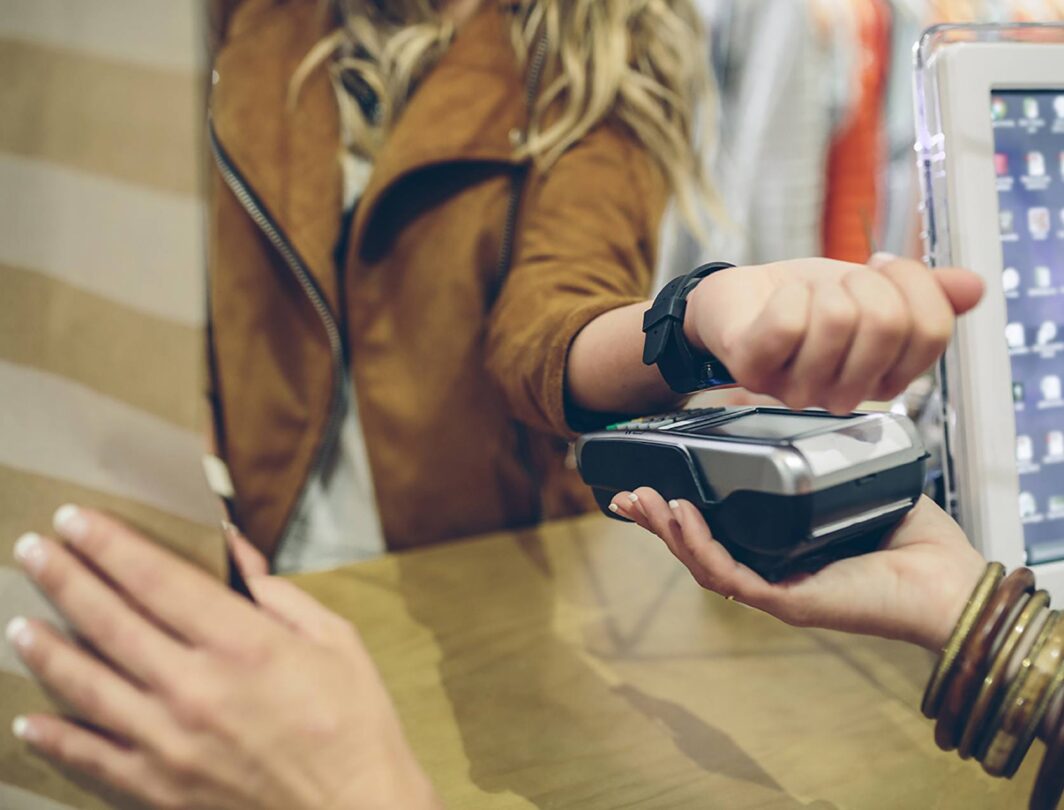Technology & Innovation
How Vince Talbert built his $943M payments company from the ground up

Editor’s note: Our “Business Builder” series tells the extraordinary stories of entrepreneurs who have built world-changing companies, the challenges they overcame along the way—and the lessons learned. Keep reading to learn how marketer-turned-startup founder Vince Talbert steered his online credit company through several “near-death moments” en route to a multimillion-dollar acquisition payday. The buyer? PayPal.
Vince Talbert’s life as a business entrepreneur is peppered with what he calls “near-death experiences.” These are the moments in the course of building his business—online credit company, Bill Me Later—when a sudden change in fortune came close to forcing him and his co-founders to shutter a business they eventually sold for $943 million to PayPal in 2008.
Key advice from Vince Talbert on building a business
- Finding the right business to start requires a great idea and savvy team to execute it.
- Persistence pays off.
- Some challenges are growth opportunities in disguise.
- Find your niche: Your business can’t be all things to all people.
- A little luck doesn’t hurt, either.
The first came in 2001, when Talbert and his fellow founders were scrambling for business funding. They needed $15 million to launch Bill Me Later, and it came down to the wire: if they couldn’t come up with the money soon, Talbert, his co-founders, and small team of employees would be looking for new jobs.
The company raised the money at the last minute, but this sort of high-wire act was one Talbert and his fellow founders would walk a number of times in the course of creating a company that changed the face of e-commerce. And in the process, Talbert learns some fundamental lessons about growing a business from the ground up.
Lesson 1: Look for a great idea, and a great team to start a business
Talbert started his career in the 1990s working for banks, after graduating from Towson University, a state school just north of his hometown, Baltimore. Though his degree was in finance and economics, Talbert took positions marketing credit cards. In his first job at a Citibank branch, he oversaw the direct-mail campaigns trying to entice customers to sign up for credit cards. At First USA, a smaller bank in Wilmington, Delaware, he was exposed to a new tact: internet marketing.
“Credit card businesses were all grown from direct mail,” Talbert says. “I recognized that the internet was going to be the great, new direct-marketing channel.” Unlike a direct-mail package, an online credit offer could be as simple as checking a box.
When Talbert and his co-founders (a group culled from the First USA ranks) started Bill me Later in 2001, they knew not only how to run a credit card business—managing risk and fraud and lending to consumers—but also this key insight: the best place to market credit online is at the point of sale. This founding team developed the software and services to allow consumers to pay with credit at the online checkout counter. Bill Me Later covered the initial costs, and then recouped its money the same way a credit card company does: through transaction fees on the merchant, and interest on consumers’ outstanding balance.
Lesson 2: Keep fighting to get business funding
Bill Me Later’s first test with an online retailer was a major success, and turned out to be all the validation the company needed to raise $15 million to build out its product. But the timing posed a major challenge: they’d begun taking meetings in the weeks after the 9/11 terrorist attacks. Worries about the economy made banks and VC firms loath to lend and, through October, Talbert says he and his co-founders struck out left and right.
But this first “near-death experience” was averted when the team caught a break with Azure Capital, a relatively new VC firm that had just raised its first fund. Azure was promising to give Bill Me Later the money it needed, on one condition: The startup had to launch its product with AOL, which was set to happen in a week. Only after the launch would Azure close on the deal.
It was a close call.
“We would have run out of money the next week,” he says. “That prepared us for the future.”
Lesson 3: Sometimes, you have to take a risk in business
Bill Me Later was holding merchants’ debt on its books, which it initially financed through equity and debt deals cut with lenders and venture capital firms. Rapid growth was good for the company, but it also meant that Bill Me Later’s executives were constantly searching for more debt to fund their balances. Over the course of the company’s lifespan, Talbert estimates they raised $350 million in equity and $1.2 billion in debt.
“Our challenge was we could run out of money in two ways: not growing fast enough, so not getting to the point where you break even; and growing so fast that we don’t have enough capital to fund the loans.” — Vince Talbert
That challenge nearly caught up him in 2004—the next near-death experience—when the company’s debt provider couldn’t keep up with Bill Me Later’s growth. Luckily, through connections Talbert’s co-founders maintained, Citibank stepped in and offered to fund 100 percent of the startup’s balance sheet. But the deal was predicated on a risky endeavor: sharing all of the startup’s intellectual property.
It was a business risk Talbert and team took, banking on their domain expertise. They figured bigger banks or competitors wouldn’t try to run them out of business by starting up a copycat product, but rather acquire them.
Lesson 4: Meet challenges head-on
They were wrong. PayPal, which had been acquired by eBay in 2002, launched a Bill Me Later copycat in 2006 called PayPal Pay Later. (PayPal had twice previously tried to buy Bill Me Later, but Talbert and his co-founders spurned the overtures in the hopes of growing bigger and one day going public.) With a bigger bank account to throw around, PayPal could pay merchants to launch an e-commerce credit option using Pay Later. Bill Me Later didn’t blink: the board took another risk, allocating money for Talbert and the sales team to deploy the same strategy.
“The competition actually came at the perfect time,” Talbert says, because it spurred them to double their efforts. By the end of 2007, Bill Me Later was doing more than $75 million in revenue. By 2008, PayPal dangled an acquisition deal in front of Bill Me Later once again. This time, Bill Me Later took it.
“Don’t try to be all things to all people. Really figure out how to put together a bulletproof product in the marketplace so that, when you scale, you’re consistently delivering value.” — Vince Talbert.
The initial offer was $1.2 billion. But this was September 2008, the beginning of the credit-liquidity crunch brought on by the mortgage collapse. The banks that had funded Bill Me Later’s balance sheet were drying up. Talbert and his co-founders knew this, yet again, could be the end. But the deal went through. PayPal acquired Bill Me Later for a reduced price of $943 million.
Lesson 5: Find your niche
Talbert went on to work as the VP of Merchant Services at PayPal for four years. Looking back, Talbert says those near-death experiences along the way were what pushed him doubly hard and taught him the most important lesson in building a business:
“Don’t try to be all things to all people,” he says. “Really figure out how to put together a bulletproof product in the marketplace so that, when you scale, you’re consistently delivering value.”
It’s a lesson Talbert shares with startups in the Baltimore region, where he now plays the part of seasoned mentor and investor to the city’s entrepreneur community. In Baltimore County there is now a PayPal office, with more than 1,000 employees — who, in all likelihood, wouldn’t be there had Talbert and some friends taken a chance at launching an internet credit business nearly 15 years ago. To Talbert, that’s the best part of his company’s legacy.







Ask the author a question or share your advice